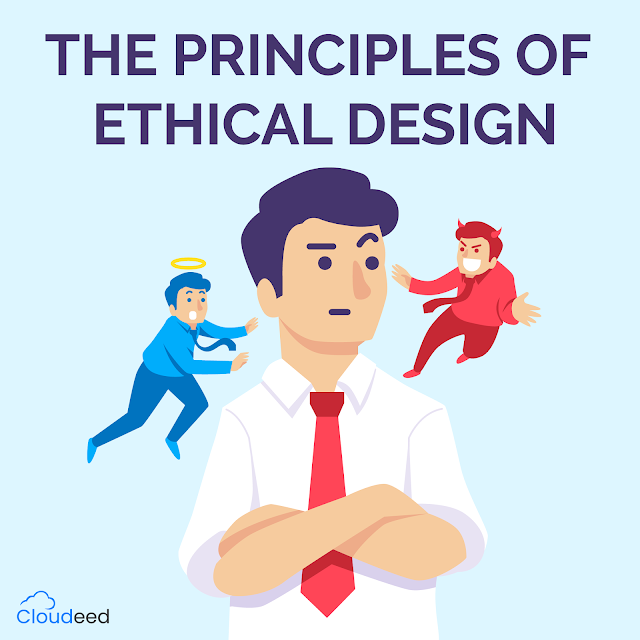1. What are your overall business goals?They might think logos are strictly superficial, so they won’t offer up much behind-the-scenes information about the company. You may need to take the lead and ask them directly.
You can get into the specifics of what the logo is expected to accomplish, that’s the next question, but you should also understand the company’s “big picture.”
2. What do you want this logo to accomplish?
Once you know the general trajectory the company is on, you can get into the specifics of the logo and where it fits in the grand scheme of things. For example, a new brand might want its logo to improve brand awareness and attract attention, whereas a more established company might want a new logo to change its brand identity and target a new market.
3. Who is your target audience?
Try to get your client to be as specific as possible. A lot of them will give general answers like “young people” or “small businesses,” but the more you can hone in on a particular niche, the more effectively you can design the logo. Any information about age, location, income, values, etc. can help inform your design decisions.
4. What are your most successful marketing channels?
This is a useful question for two reasons.
First, it provides insight into the kind of company and marketing they use. Whether they invest more in digital marketing or traditional marketing can tell you a lot about the company and its branding style.
Second, it tells you where the logo will be displayed most often. If they primarily use billboards or posters for advertising, you’re free to add more intricate details to the logo design. If they favor social media marketing, you might want to design a simpler, less detailed logo for mobile screens. Just look at the different variations based on location in designer spARTan‘s logo design above.
5. How do you want your brand perceived?
In other words, “what is your brand identity?” If you’re lucky, your client will know precisely how to answer this logo question. However, some companies largely ignore branding as a whole, so terms like “brand identity” or “brand personality” might be foreign for them.
6. What are your brand values and mission?
Brand values and mission statements are more important than ever. Not every company has firmly established values, but if they do, you’ll want to know about them! A brand dedicated to environmentalism might benefit from a leaf flourish in their logo; a family brand might love the imagery of a family. The more their business model is tied to their values, the more important it is to reflect that in the logo design.
7. Are there any topics or themes you want to avoid?
This logo question is more of a precaution, just to make sure you don’t accidentally stray into unwanted territory. Some companies want to avoid certain issues to uphold their image, while other companies might have suffered bad press in the past and don’t want to unintentionally drudge it up with their logo. You can’t exactly guess about these kinds of things, so it’s better to just ask outright.
8. Who are your main competitors?
You can learn a lot about a company by who their main rivals are. For one thing, their competitions’ logos can influence how you design your client’s logo, specifically how to make it stand out. It’s usually helpful to take a look at their competitor’s logo and ask which parts your client likes and which they don’t.
9. What existing logos do you admire/want to emulate?
If your client is stuck on the details of what they want the logo to look like, this question could help inspire them. You can even take a look at some relevant, preexisting logos together and ask them to isolate which elements they like and which they don’t. Often, people don’t know what they want or don’t want until they see it with their own eyes.
10. What do you like & dislike about your current branding?
Every logo design, whether built from scratch or as part of a redesign, is an opportunity to improve on the greater branding strategy. Clients may not understand this potential as much as the designers do, so this question helps get them thinking about it.
11. How decisive/indecisive are you?
This logo question is more of a conversation starter, it’s better to anticipate and deal with indecisiveness early in the design process than suffer its consequences at the end. You may not get an honest answer, but their response should at least offer some insight.
Always remember that communication is the key to successful collaboration. These logo questions will help to get the conversation going. Just pick and choose the ones that are applicable for the logo project you are working on.



Comments
Post a Comment